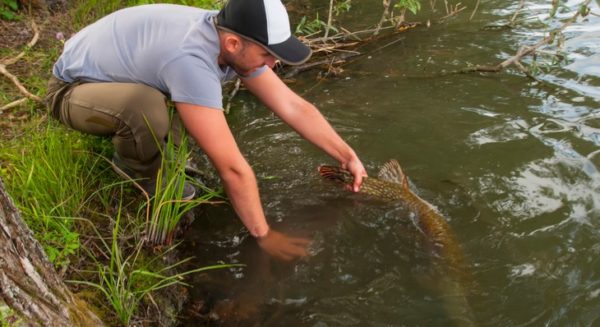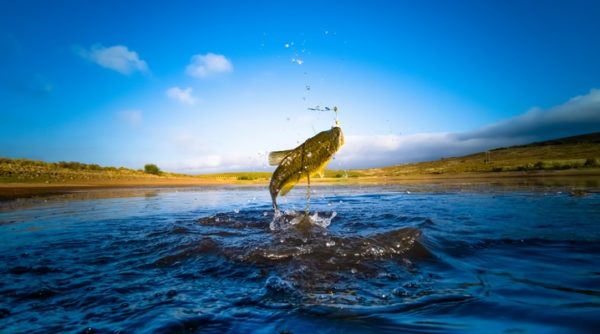Is Catch and Release Fishing Effective for Conservation?
Category: article
May 4th, 2022 by Keith Worrall
Modified May 4th, 2022 at 8:59 PM

Do you love fishing but hate the thought of depleting fish populations?
There’s good news – WHEN DONE CORRECTLY, catch and release fishing is a successful conservation technique that allows anglers to enjoy the activity while also aiding in the preservation of fish populations.
As fishermen, we all must protect our fishery resources. By learning the proper techniques and best practices for catch and release fishing, you can play your part in helping conserve fish populations.
With summer right around the corner, I figured it’d be an excellent time to highlight some of the worst things you should avoid and how to guarantee a successful catch-and-release experience!
The Truths of Catch and Release
After releasing a fish, most anglers believe that if it swims off, the fish is healthy, and we can get on with catching another one. Unfortunately, this isn’t always the case!
Biologists have studied and discovered that a fish may die from trauma or injury caused by hooks after being released even several days later – even though, at first glance, all seemed fine.
A few elements have been discovered that contribute to fish death. We all know the ideal place for a hook to land is the outside edge of its mouth. This is obviously out of our control when the fish strikes our lure. Fish hooked in locations such as their gills or intestines have a decreased chance of surviving. Being hooked in the gut risks the fish never fully recovering, even if they appear just fine.
It is well known that circle hooks and modified circles substantially reduce gut-hooking. Over the years, while fishing for king mackerel, I have kept tabs on the placement of the hook while using circle hooks. It turns about 1 out of every 20 kingfish have been hooked in the gills or gut while using circle hooks. By adhering to our limit regulations and using circle hooks, we reduce mortality rates while also helping maintain healthy fish populations in heavily targeted areas.
Where the hook rests on the fish is somewhat beyond our control, but we can do our part by following the best practices below.
Best Practices For Catch and Release Fishing
It is critical to maintaining the fish in its water at all times. If this isn’t an option, ensure you wet your hands before handling.
Make sure your gloves are rubberized and not cotton if gloves are necessary. This is to aid in protecting the slime coat on the fish, which is essential in preventing illnesses among them.
To remove a hook safely, use a de-hooker. Remove a deep hook carefully from inside the fish’s mouth or gill when dealing with it. Use forceps and needlenose pliers to ensure your grip is strong enough to grab this hook without harming its internal organs!
Avoid touching gills and eyes while handling fish.
It’s essential to put fish in the water as soon as possible. It is vital not to keep them out for longer than is required. Yes, this includes skipping the Instagram photos.
Use the appropriate rod and reel for your target species. Using the right setup will require you to put less stress on the fish.
Be aware of local fishing restrictions and seasons and adhere to these rules each time you wet a line.

Final Thoughts
Catch and release fishing can be an efficient approach to minimize fish mortality if done correctly. Keep these pointers in mind while you’re on the water, and you can help ensure healthy fish populations for generations to come!